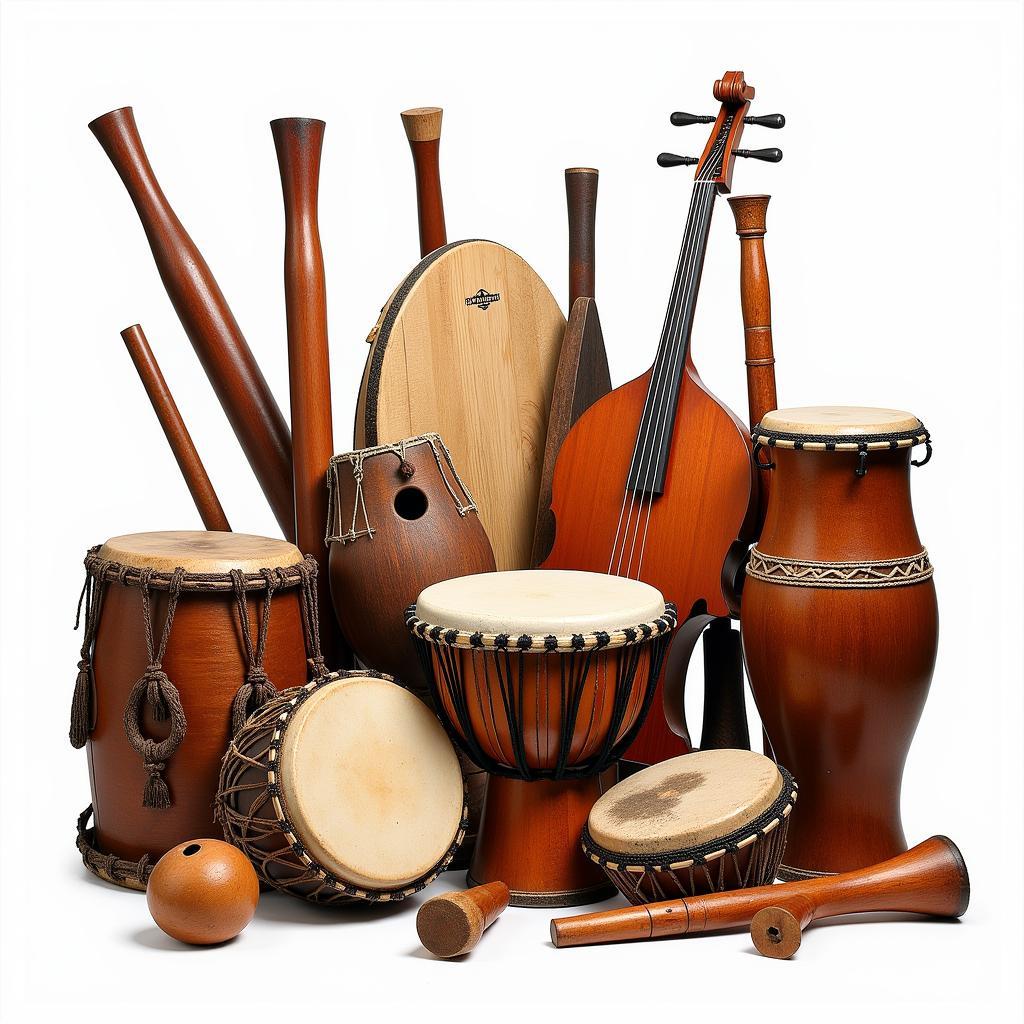Exploring the Vibrant World of African Contemporary Dance
African Contemporary Dance is a captivating fusion of traditional African dance forms with contemporary dance techniques, drawing inspiration from the continent’s rich cultural heritage and evolving artistic expressions. This dynamic dance form transcends geographical boundaries, offering a unique lens through which to understand the complexities of African identities, histories, and social realities.
Tracing the Roots: From Tradition to Modernity
African contemporary dance didn’t emerge in a vacuum. It’s deeply rooted in the traditional dances that have been an integral part of African societies for centuries. These dances often served vital social functions, accompanying rituals, ceremonies, storytelling, and everyday life.
However, the colonial era brought about significant changes. Western dance forms were introduced, sometimes imposed, and often viewed as superior. This led to a complex interplay of influences, as African dancers began to incorporate elements of ballet, jazz, and modern dance, while still retaining the essence of their own traditions.
Defining Characteristics: Rhythm, Expression, and Collective Energy
While diverse in its manifestations across the continent, African contemporary dance shares some defining characteristics:
- Polycentrism: Unlike many Western dance forms that often prioritize the movement of one body part (like ballet’s focus on the legs), African contemporary dance emphasizes polycentrism, where multiple body parts move independently and simultaneously, creating intricate and layered movements.
- Groundedness: A strong connection to the earth is palpable in the grounded movements, often emphasizing the lower body and a flexed aesthetic. This connection reflects the spiritual significance of the earth in many African cultures.
- Rhythmic Complexity: The influence of traditional African music is evident in the complex rhythms and percussive quality of the movements. The body becomes an instrument, responding to the nuances of the music with precision and fluidity.
- Improvisation: While structured choreography exists, improvisation plays a vital role, allowing dancers to express themselves spontaneously and connect with the music and fellow dancers in the moment.
Key Figures: Pioneers of a Movement
Several visionary choreographers have been instrumental in shaping the landscape of African contemporary dance, pushing boundaries and gaining international recognition:
- Germaine Acogny (Senegal): Often hailed as the “mother of contemporary African dance,” Acogny’s work is renowned for its powerful fusion of traditional Senegalese movements with Western techniques. She founded L’École des Sables, a prominent dance school in Senegal, nurturing a new generation of dancers.
- Doudou N’Diaye Rose (Senegal): A master drummer, percussionist, and choreographer, Rose dedicated his life to preserving and celebrating traditional African rhythms and their integration into contemporary dance forms.
- Robyn Orlin (South Africa): Known for her provocative and politically charged works, Orlin tackles social and political issues facing South Africa and the continent, often incorporating humor and satire into her choreography.
These are just a few of the many talented artists who have contributed to the evolution and global recognition of African contemporary dance.
A Global Stage: African Contemporary Dance Today
African contemporary dance is no longer confined to the continent. It has taken the world stage by storm, captivating audiences with its raw energy, emotional depth, and unique movement vocabulary. Companies like Ballet National du Sénégal, founded by Acogny, and the South African Dance Theatre have toured extensively, showcasing the beauty and power of African contemporary dance to global acclaim.
The dance form continues to evolve, embracing new influences, experimenting with technology, and engaging with pressing social and political issues. As a vibrant and ever-changing form of artistic expression, African contemporary dance offers a powerful means of understanding Africa’s past, present, and future.
Conclusion
African contemporary dance is more than just movement; it’s a celebration of cultural heritage, a reflection of social realities, and a testament to the power of human expression. By blending tradition with innovation, this dynamic art form continues to captivate audiences worldwide, reminding us of the beauty and diversity of African cultures. If you have the opportunity to experience African contemporary dance, don’t miss out on the chance to witness this vibrant and evocative art form.


